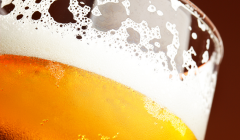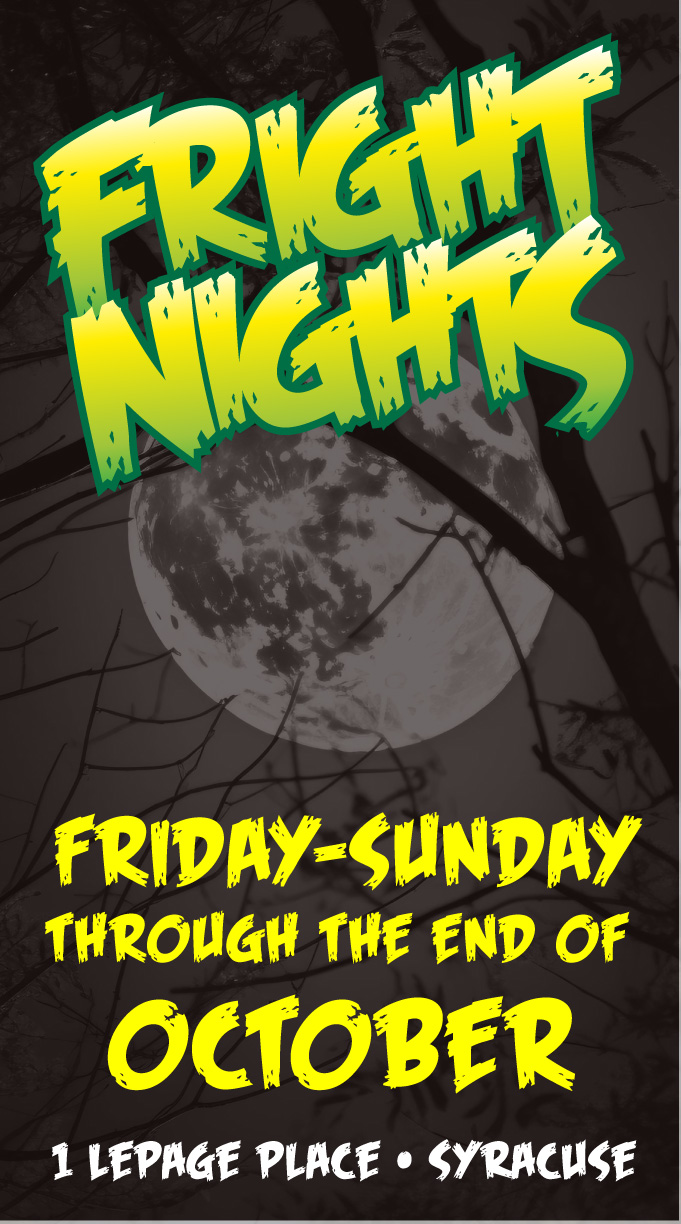It’s Alive!
As a child, dough fascinated me. From colorful Play-Doh to sticking my hands in bread dough, this malleable object provided plenty of entertainment. 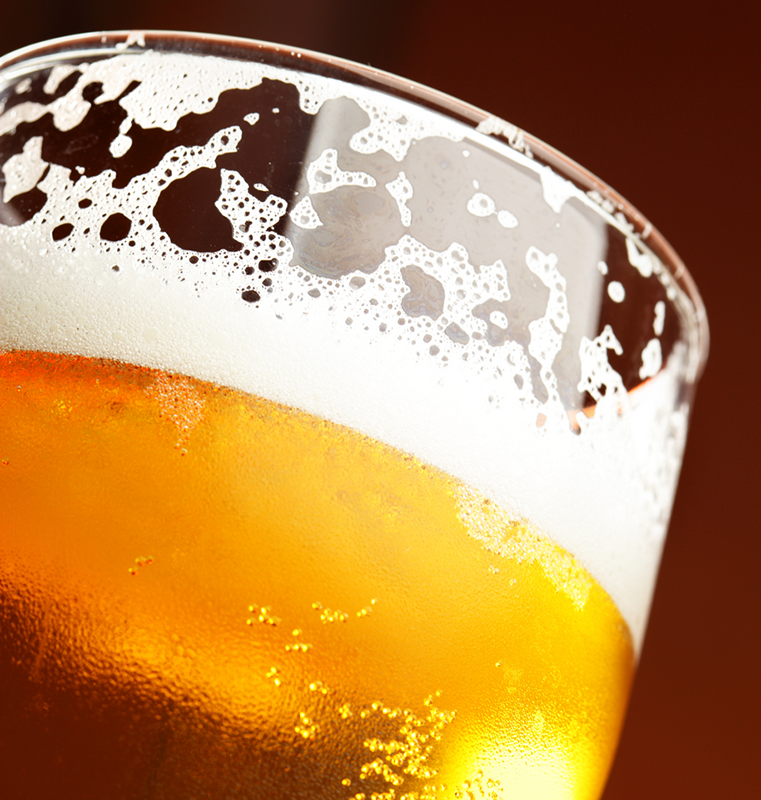 I would stare at the bread dough my mom put in a glass bowl, waiting to see something happen. The dough seemed to have a life of its own, growing and expanding by as time went by. Little did I know that a single-celled organism was inside, alive and kicking!
I would stare at the bread dough my mom put in a glass bowl, waiting to see something happen. The dough seemed to have a life of its own, growing and expanding by as time went by. Little did I know that a single-celled organism was inside, alive and kicking!
As an adult, I now have a better understanding of why that dough was growing before it was to become bread. That little life is called yeast, and it’s one of the four main ingredients of beer (along with hops, malted barley, and water). So what exactly is yeast, and why is it needed to make beer? As mentioned, it’s a microorganism that belongs to the fungus family. There are thousands of living yeasts that exist; yet only two types (generally speaking) are used for beer – ale yeast and lager yeast. Without yeast, beer wouldn’t be beer – it would be a bittersweet liquid made of water, hops and malt (also known as wort).
In order to make beer as we know it, a little science is required when explaining yeast. I hadn’t really thought about the word “fermentation” since high school chemistry (i.e. a very, very long time ago). I kind of knew what it meant, but needed to revisit its meaning especially when it comes to my favorite beverage. Basically, the act of beer fermentation takes place when yeast enzymes are added to the aforementioned wort. This converts the 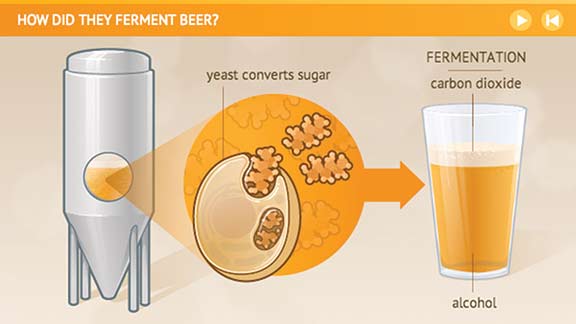 sugars into alcohol. That bittersweet wort is generally cooled to about 75 to 80 degrees. Once it’s at an ideal temperature, yeast is then added. From there it multiplies quickly; within 24 hours, fermentation takes place!
sugars into alcohol. That bittersweet wort is generally cooled to about 75 to 80 degrees. Once it’s at an ideal temperature, yeast is then added. From there it multiplies quickly; within 24 hours, fermentation takes place!
Imagine, if you will, a bubbling cauldron of Halloween lore. That’s what the fermentation tank looks like, with a layer of foam on the liquid’s surface. If you haven’t seen this process yet, check with your local brewery to see ifthey give tours where you can witness this for yourself. If not, I’m sure a YouTube video will suffice. Basically, the yeast is breaking down the sugars. When this happens, carbon dioxide is produced, which causes the foam (or head) to appear. How neat is that?!
As I’ve said before, there are generally two types of beer yeast. Remember, these two are out of thousands that exist. However, other beers are made with “wild yeast,” or those that occur “naturally in the air or on surfaces especially of fruits” as opposed to brewing yeast, which are selected and cultured.
Of particular interest is the Brettanomyces yeast, otherwise known as “Brett.” In some Belgian ales (which have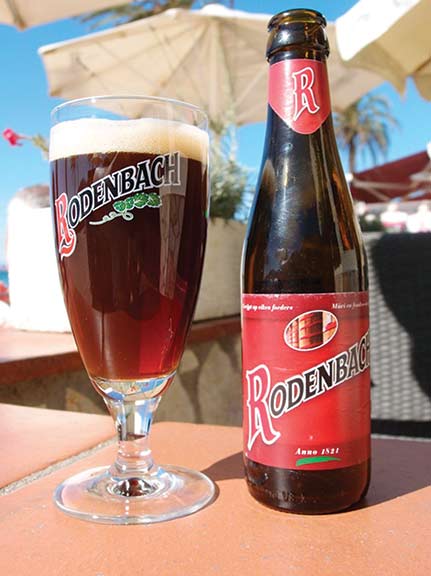
very particular flavors), Brett is commonly used. Lambics, gueuzes, Oud Bruins and Flanders Red Ales are made with Brett, as are some saisons (farmhouse ales). For me, I love anything that’s made with Brett. It gives a very specific flavor that I really adore (and others abhor). Haven’t tried any of these styles? Why not try a Lindemans Framboise, which is made with raspberries? Slightly tart and sweet, this was my introduction to Brett and I’ve never looked back. Another favorite of mine is Rodenbach Flanders Red. This standout ale is sour, fruity and light bodied. Very “Bretty”! Apart from the Belgian styles is the category of American Wild Ales. These ales use Brett and other strains of wild yeast. Goose Island’s Juliet is a great choice if you want to get a taste for Brettanomyces.
After digging around the subject of yeast, it’s pretty fascinating to know that all these things take place before that delicious beer sits in front of you. Between sips, I now know that this chemical process is not only necessary, it’s also artful in its own right. Beer that is handcrafted truly is a wonder – brew masters carefully use science and creatively use art to come up with a unique array of beers. So raise your glass in praise of water, hops, malted barley AND yeast! Cheers!

